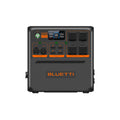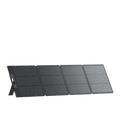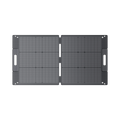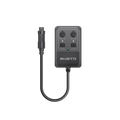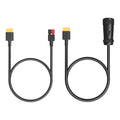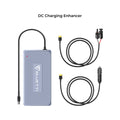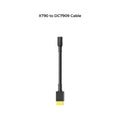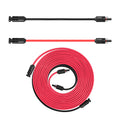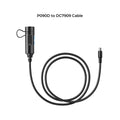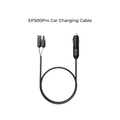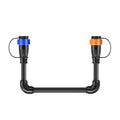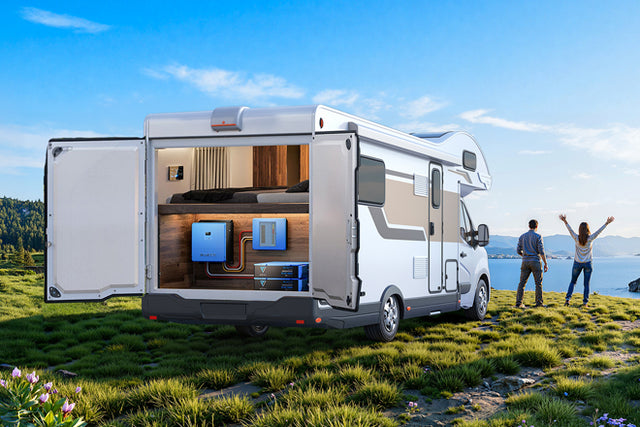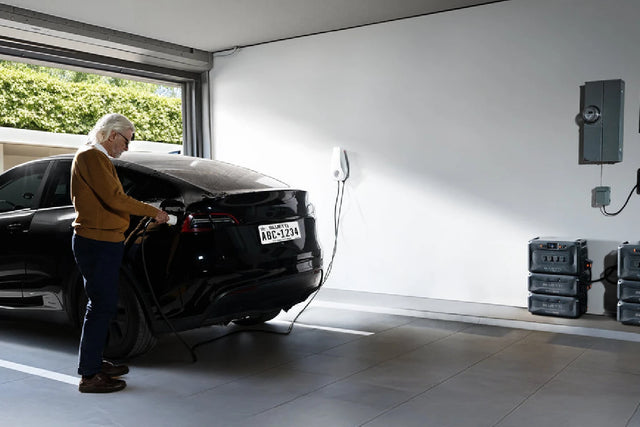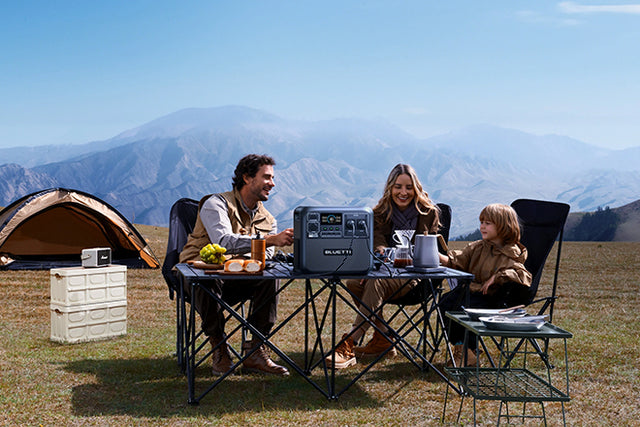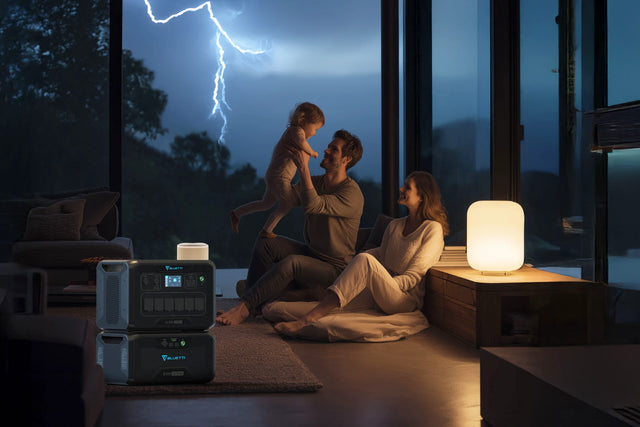Suppose that you are all ready for any outdoor adventure or stuck in an area where power outages are common. In such a situation, what is the one thing that you are likely to take along? The simple answer to this is a 12V battery, which will ensure that you don’t run out of power when you need it the most.
In fact, these batteries are so prevalent and, at the same time, so small and powerful that they can be described as the unsung heroes of portable energy solutions. These power stations can charge virtually any electrical appliance—from lighting to a refrigerator—and also work equally well for those who are on the go. This article is a guide to explain what a 12V battery is, how it works, tips to maintain its performance, and eco-friendly solutions to be considered.
What Is A 12V Battery And How Does It Function?
There are different types of batteries nowadays, but a 12V battery is the most commonly used battery. This battery serves multiple purposes in the sense that it can power anything from home appliances to all kinds of vehicles to solar systems and portable power stations.
How much more amazing is that it doesn’t generate energy, but stores electrical energy, like a dam holding back water until it is released in a chemical reaction when needed. It's a small wonder then that these batteries make up the backbone of electrical systems for all sorts of common use—whether you need the juice to get your car moving or to light up your camper in the woods.
Why 12 Volts?
We then ask ourselves how a 12V battery can best satisfy our power requirements and not, say, a 14V or 10V battery. Simply put, the 12V battery is the best available compromise between portability, performance, and safety, as well as being completely unmovable, fairly maintenance-free, and requiring no special gear. And you can rely on a 12V battery system to light the way for a big engine just as much as for a little one.

Exploring the Types of 12V Batteries
Understanding the options available is essential for selecting a battery that suits the task at hand. A brief overview of the most popular types of 12V batteries:
Lead Acid Batteries
A simple and inexpensive solution, but it will need frequent maintenance and checkups, watching the water level just right.
AGM Batteries
AGM batteries, also known as (Absorbed Glass Mat) Batteries, consist of fiberglass mats soaked in electrolyte, which allows them to withstand bumpy roads without leaking.
Gel Batteries
These batteries can take a spill without getting damaged and are highly durable, though they are slow to charge.
Lithium-Ion Batteries
These batteries are portable, long-lasting, and lightweight. Best of all, they require no maintenance and hold power efficiently.
Each of these batteries has its benefits, and which of these you use ultimately depends on your specific purpose. If you need a powered unit for outdoor or contemporary off-grid use, then lithium batteries are the solution designed for extreme usability and fast-charging capabilities.
How to Charge a 12V Battery
Just like any other battery, a 12V battery needs to be recharged, which must be done in order for the battery to be able to run a long way without damaging its performance. The simple ways to charge a 12V battery are as follows:
- A solar panel works best when you need an off-grid alternative for camping.
- A Portable Power Station like the Bluetti AC180 is solar-compatible and allows seamless charging for your battery.
- Car Chargers are a convenient way to top up your battery while on the move.
- A charger mounted on a wall offers a fast and reliable charging option but is limited in use.
Maintenance Tips for 12V Batteries
With just the right amount of care, you can be confident that your 12V battery will last for years. Following the steps below can come in handy to keep your battery in working order.
- Make it a point to charge regularly while the battery is at least 75% charged so that the battery’s inner charges don’t deplete. A fully discharged battery is prone to greater internal damage.
- Exposure to oxygen can corrode a battery’s external surface and degrade its inner capacity. A baking soda solution can help remove rust around the terminals to ensure high conductivity.
- Too high or too low temperatures can damage the internal chemical reactions within a battery, which is why it is essential to keep it away from extreme temperatures.
- Avoid getting your battery fully discharged, especially in the case of lithium batteries, which should retain a 20-80% charge before you recharge them.
- If you intend to store your battery for an extended period, ensure that the battery is sufficiently charged, somewhere between 50-60%, and placed in a cool, dry place.

The Right Way of Installing Your 12V Battery
Choose a dry, ventilated area for installation where you can easily access the battery while shielding it from extreme cold and heat to ensure a prolonged lifespan.
Ensure that the battery is held firmly in place to prevent unnecessary movement that could physically damage it, such as in mobile applications like RVs and boats.
Strictly follow the manufacturer’s guidelines for wiring, including any requirements for recommended cable sizes and fuses, to ensure a safe and efficient power system.
How to Choose the Right 12V Battery for Your Needs?
Before you set out to explore the wide range of battery options, take a moment to consider what your usage is likely to be. Factor in the number of devices you need to power as well as their power consumption in amperes. The battery type would vary based on whether you need to charge occasionally, like when you are on a weekend camping trip, or something more sustainable.
Capacity and Usage
All batteries come with an AH rating, which indicates the amount of power they can store and supply. You will preferably need a high-rated battery if you have high-demand devices or need a power supply that could last several days. The battery’s capacity should complement your actual power needs without adding excessive weight or cost.
Installation Space and Weight
When it comes to choosing a battery for a mobile application like RVs, vans, or boats, space and weight act as key determinants. The best battery is compact, lightweight, and can be precisely configured to match your needs.
Maintenance and Lifespan
Batteries differ in their maintenance requirements, so make sure that you are willing to put your time and effort into keeping your battery in top shape.
When you choose a quality 12V battery, you have to worry less about maintenance so that nothing can dull your excitement for upcoming adventures.

Why Choose Bluetti for Your 12V Battery Needs?
At Bluetti, we offer a wide range of portable power solutions to maximize your ease and peace of mind. With a full five-year warranty, our Bluetti AC 180 comes with a high output power of 1800 and fast-charging technology for a reliable power option on the go. Equipped with a 500W solar charging option, the battery is a clean, eco-friendly, and cost-effective choice for adventurers who care about the environment.
The battery boasts a robust construction and has been designed for safe and durable usage both indoors and outdoors, with a 10+ year lifespan. The long battery life means that you can get the most out of your 12V batteries without having to go through the hassle of frequent charging.
FAQs
What size solar panel do I need to charge a 12V battery?
For a 12V 50Ah battery, you will ideally require a 100W panel that will take around 6-8 hours to charge it in full sunlight. In case of a larger battery, you would need solar power of a higher rating, like 200W or more.
How can I test amps on a 12V battery?
You can use a digital multimeter calibrated to DC amps while connecting its positive and negative leads to battery terminals. If the meter registers lower amps than expected, it is high time for the battery to get recharged or replaced altogether.
How do I know when my 12-volt battery needs replacing?
If you notice a vast difference between the battery’s current and past performance, or if it is losing charge quickly, or the battery case shows signs of damage, you should go ahead with a new battery.
How often should I check my 12V battery?
This depends on the brand of battery you purchase, but overall, it is helpful to check on your battery’s performance every 6-12 months to ensure its connections are secure and it performs up to the mark.
Can I charge my 12-volt battery with a standard charger?
Yes, a standard charger can be used, but make sure it is designed for lead-acid batteries and comes with an output power that exceeds 12 volts, typically around 14V, to ensure your battery is fully charged.
Shop products from this article
Be the First to Know
You May Also Like
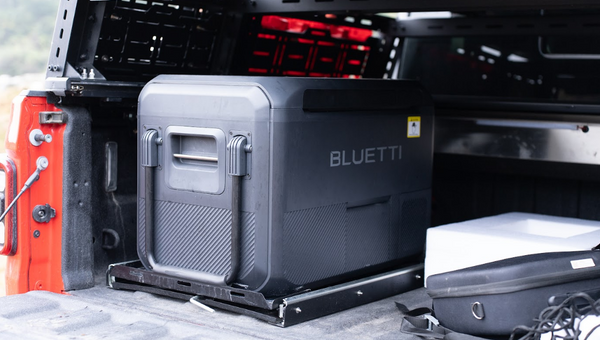
Let’s discover what you understand by a 12V fridge, its merits, its demerits, and whether it suits you or not. Also discover BLUETTI 3-in-1 Fridge Freezer.
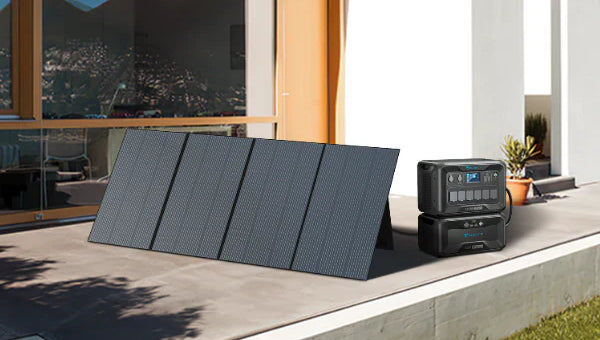
Here’s how to clean solar panels on roof the right way. Learn about DIY options, costs, and what to avoid to get the most out of your investment in solar.
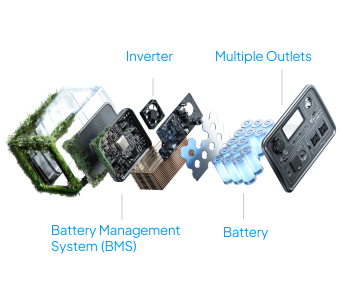
Looking for a reliable power pack for camping, travel or phone charging? Discover the best lithium power packs for all your needs, including BLUETTI’s EB3A, AC2A and AC50B.


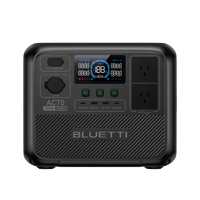
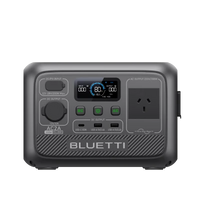
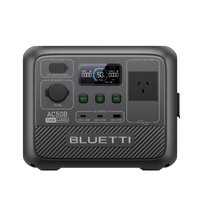



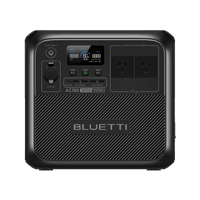
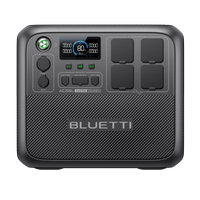







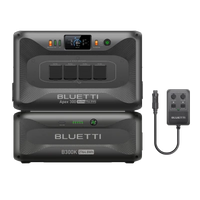
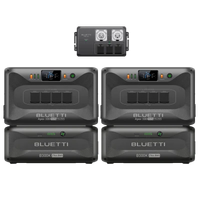


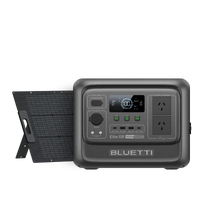
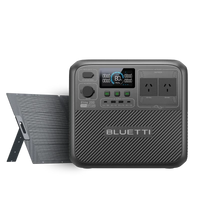



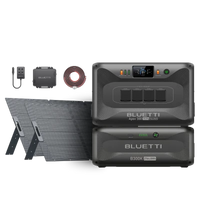

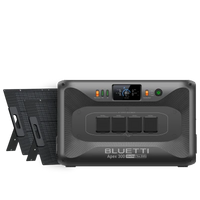


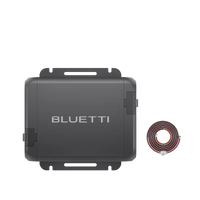
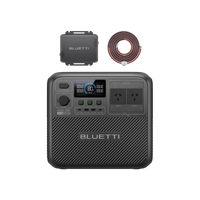



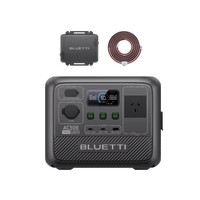
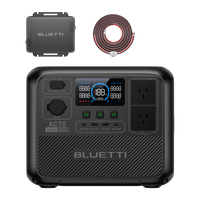


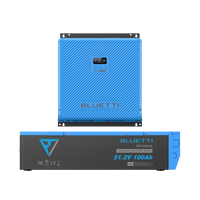
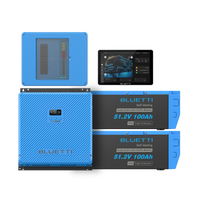
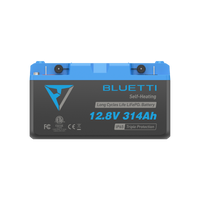
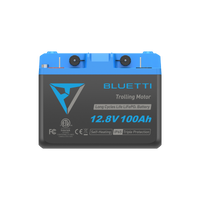
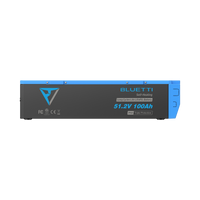
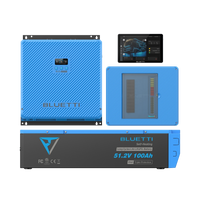
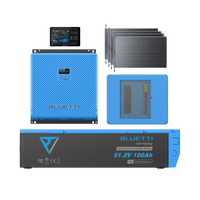
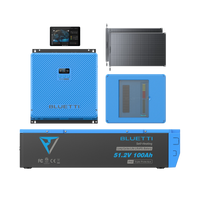
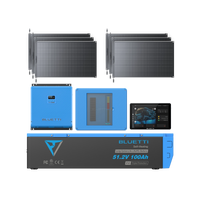




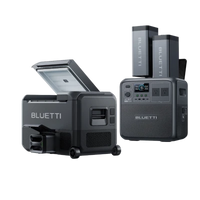
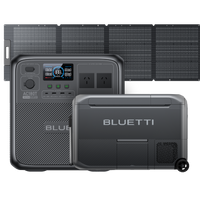

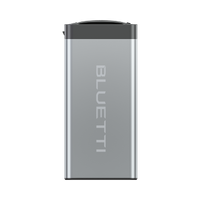
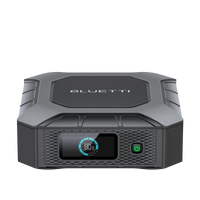
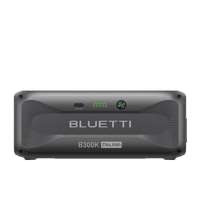

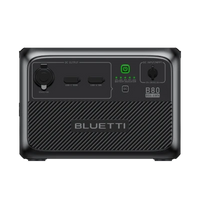


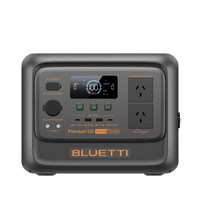
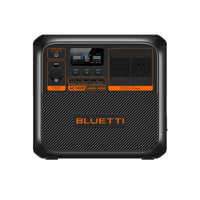

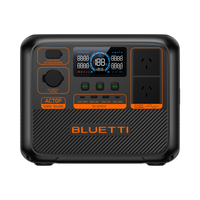
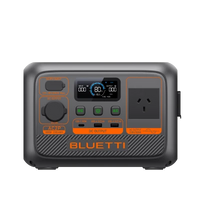
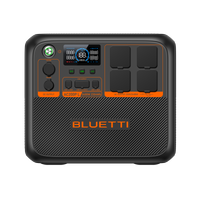
![[Phased Out] BLUETTI B80P Expansion Battery | 806Wh](http://www.bluettipower.com.au/cdn/shop/files/202310025B80P_2000-2000px_4_4caa0c1c-4dab-4272-9e9b-2b7507e5bd81.jpg?v=1713777870&width=200)
![[Phased Out] BLUETTI B210P Expansion Battery | 2,150Wh](http://www.bluettipower.com.au/cdn/shop/files/2_08cf9ef3-03a4-4489-b641-d3edb8094896.webp?v=1716016566&width=200)
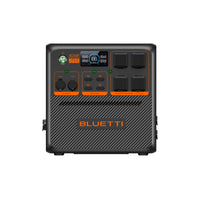


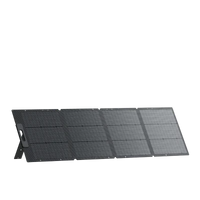


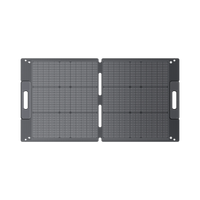

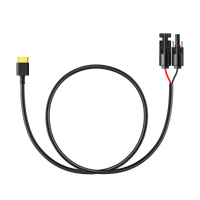
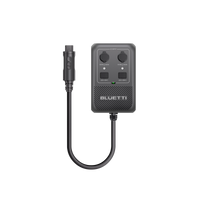



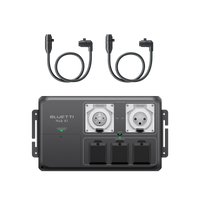
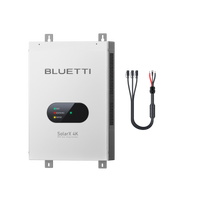
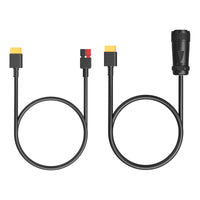
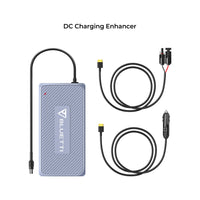

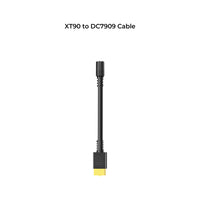

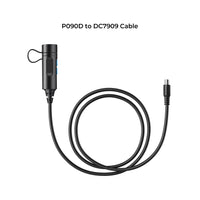
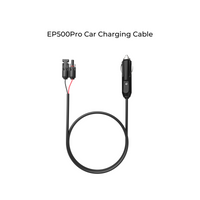
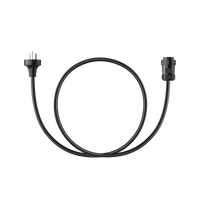


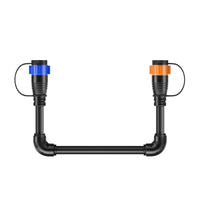



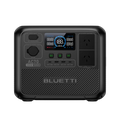

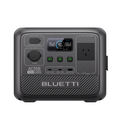





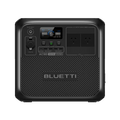
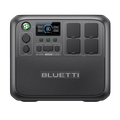





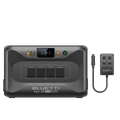

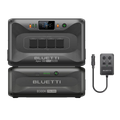







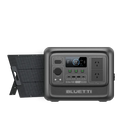
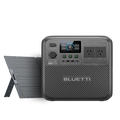


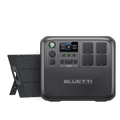





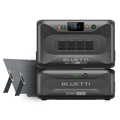
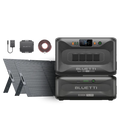





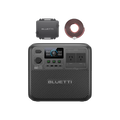



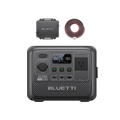

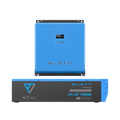
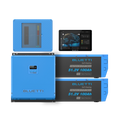
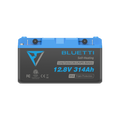
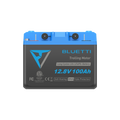





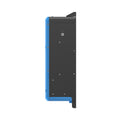




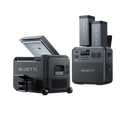
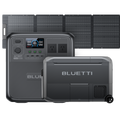

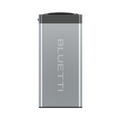
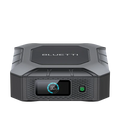
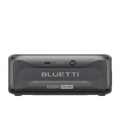



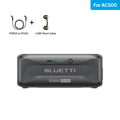
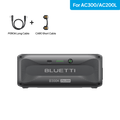






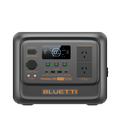
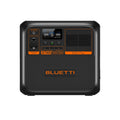

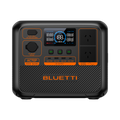
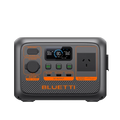

![[Phased Out] BLUETTI B80P Expansion Battery | 806Wh](http://www.bluettipower.com.au/cdn/shop/files/202310025B80P_2000-2000px_4_4caa0c1c-4dab-4272-9e9b-2b7507e5bd81.jpg?v=1713777870&width=120)
![[Phased Out] BLUETTI B210P Expansion Battery | 2,150Wh](http://www.bluettipower.com.au/cdn/shop/files/2_08cf9ef3-03a4-4489-b641-d3edb8094896.webp?v=1716016566&width=120)
